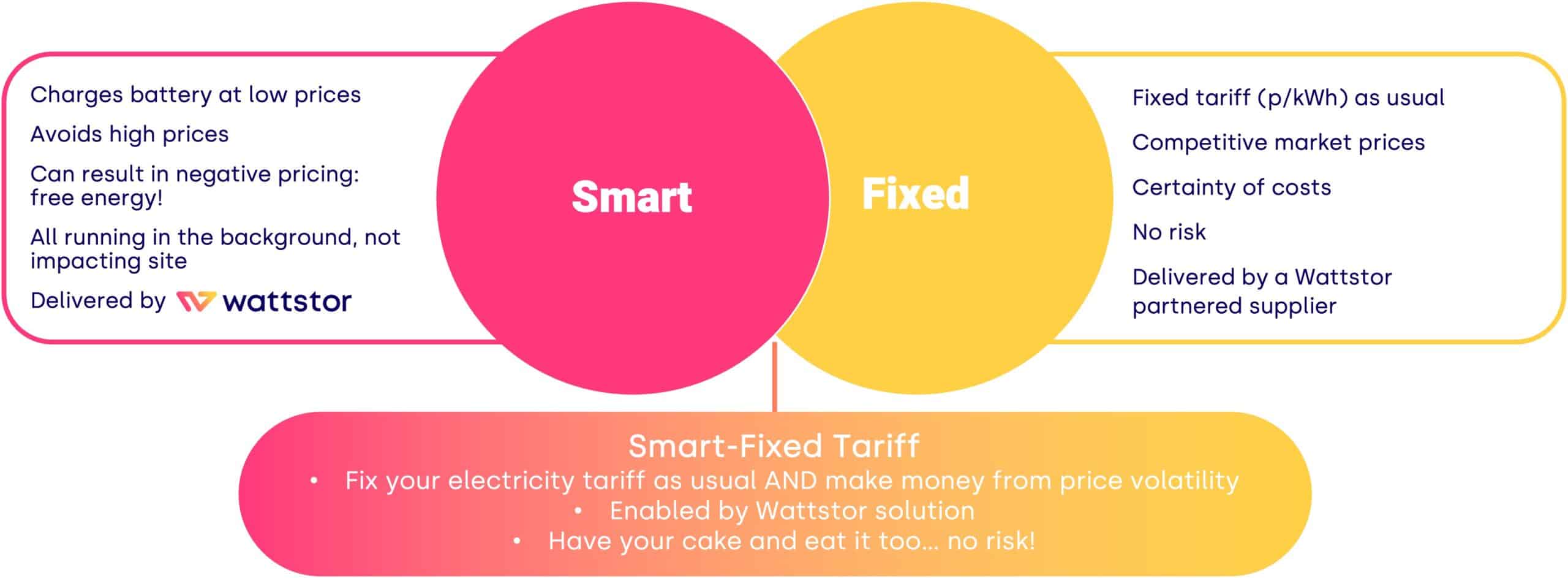Are Smart Energy Tariffs The Solution To The Energy Crisis?
How can SMEs mitigate the rising costs typifying the energy crisis?
There’s no denying that SMEs are having a tough time through the energy crisis. With rocketing prices and tricky tariffs, it’s not surprising.
The British Chamber of Commerce recently reported that:
- 47% of UK small and medium-sized enterprises (SMEs) say it will be difficult to pay their energy bills when Government support ends
- 4% say they will not be able to pay their energy bills after 31 March 2023
- 37% predict they will find it difficult to pay even when they are in receipt of Government support
- Over four in ten (41%) SMEs disagreed that tariffs available the last time they renewed their contract were affordable.
- A further 29% said a range of tariff options was not available
- Almost a quarter (24%) did not feel it was easy to change providers.
And we’re seeing similar struggles across Europe.
So, what’s the answer? How can SMEs mitigate these costs? And how can they do it in a simple, risk-free way?
Are Smart Energy Tariffs The Solution To The Energy Crisis?
The answer lies in smart-charging and smart-fixed tariffs.
Whilst businesses are struggling to gain any ground on typical fixed tariffs and are concerned about the financial risk that dynamic tariffs can present, smart-charging and smart-fixed tariffs are a simple and effective way to save on energy costs whilst having the ability to make profit.
Smart-charging is a term most commonly associated with the electric vehicle market. However, its principles apply to any battery-based asset.
The core of it:
Charge when electricity is cheap
Discharge when electricity is expensive
Cheap could mean cheap grid electricity, or it could be the electricity generated by your own on-site generation, such as solar panels.
Now, the interesting part comes when electricity is expensive.
During the cheap electricity window, you’ve stored everything you need for your business operations so you’re ready for the expensive pricing window… but you’ve got a little extra, or perhaps your power requirement isn’t as high that day. That’s your opportunity right there.
When the grid has high energy demand but lower supply (for example, half time during a world cup game, or during a typical Triad), that’s when prices increase.
It’s also when the grid will pay well for those that can sell their electricity back to the system.
The common misconception is that SMEs need to sign up to a complex dynamic tariff to take advantage of the benefits of selling back to the grid. (If you’re wondering what a dynamic tariff is, check out our infographic linked here).
That’s not the case.
Smart-fixed tariffs
That’s where smart-fixed tariffs come in…

Often interchanged with “hybrid dynamic tariffs”, and some aspects of “trading”, Wattstor’s smart-fixed tariff simplifies complex energy scenarios for maximum benefit to the end-user. All without risk.
So, in answer to the resounding question “Are smart energy tariffs the answer to the energy crisis?”… we believe the answer is yes.
Interested to learn more? Get in touch with our friendly team.
Statistics source: British Chamber of Commerce
Photo credits:
Photo by Super Straho on Unsplash
